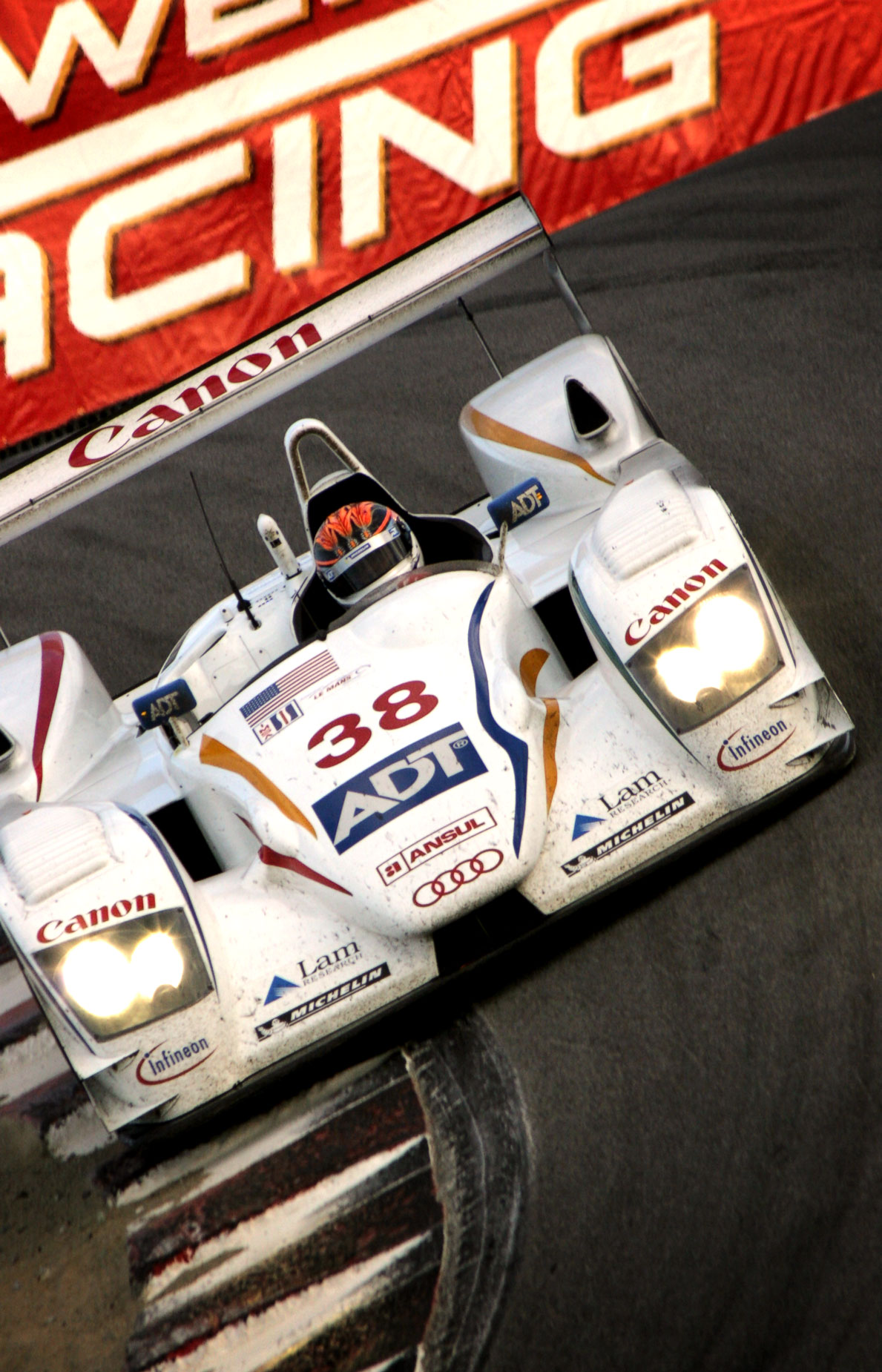Today’s Post by Joe Farace
“Let your words be few and your exposures many…”—anonymus
 A histogram is a graphic representation of the distribution of exposure data in an image file.
A histogram is a graphic representation of the distribution of exposure data in an image file.
The idea behind histograms was originally conceived by Karl Pearson (1857-1936,) an English mathematician. Those who are mathematically inclined will tell you that a histogram its an estimate of the probability of a distribution of a continuous variable (like an image’s exposure.)
A photograph’s histogram is a graphical representation of the tonal distribution in a digital image, plotting the number of pixels for each tonal value. By looking at the histogram for a specific image file you should be able to judge the tonal distribution—underexposure or overexposure—in a single glance.
The histogram’s horizontal axis indicates the level of brightness while the vertical axis indicates the pixel quantity for the different levels of brightness. If the graph rises as a slope from the bottom left corner of the histogram, then descends towards the bottom right corner, all the tones in the image should be captured.
 If the graph starts out too far in from either side of the histogram so that the slope appears cut off, then the photograph is missing data and, in fact, the image’s contrast range may be beyond the camera’s capabilities to record it. When the histogram is weighted towards either the dark or bright side of the graph, detail may be lost in the thinner of the two areas. If highlights are important, for example, be sure that the slope on the right reaches the bottom of the graph before hitting the right side.
If the graph starts out too far in from either side of the histogram so that the slope appears cut off, then the photograph is missing data and, in fact, the image’s contrast range may be beyond the camera’s capabilities to record it. When the histogram is weighted towards either the dark or bright side of the graph, detail may be lost in the thinner of the two areas. If highlights are important, for example, be sure that the slope on the right reaches the bottom of the graph before hitting the right side.
And then there’s this…
From all this mumbo jumbo comes so-called rules such as Exposing to The Right (ETTR) and counter arguments such as Exposing to The Left (ETTL.) My take on both of these tropes is that I ignore them. I don’t think you should be a slave to or either of these rules or a perfect histogram. That’s because while the classic histogram features the famous bell-shaped (Gaussian) curve, not every photograph you’ll make fits this distribution of exposure. A high or low-key image will moere often than not have a lopsided histogram. Does that mean that some exposure correction is needed? Nope, it just means that the histogram is appropriate for the image that you’ve just captured.
Along with Pulitzer Prize-winning photographer Barry Staver, I’m co-author of Better Available Light Digital Photography that’s available from Amazon for $21.50 prices with used copies selling for around five bucks, as I write this. The Kindle version varies in price, for some reason/
